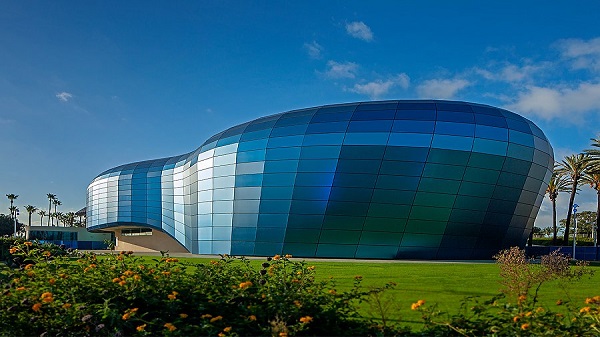How to Plan a Fun and Educational Visit to the Aquarium of the Pacific
Aquarium of the Pacific

The Aquarium of the Pacific is a captivating destination that offers an immersive and educational experience for visitors of all ages. Located in Long Beach, California, this world-class aquarium is home to a diverse array of marine life, captivating exhibits, and interactive programs that allow visitors to explore and appreciate the wonders of the ocean. To make the most of your visit, careful planning is essential. In this article, we will guide you through the steps to plan a fun and educational trip to the Aquarium of the Pacific.
-
Pre-Visit Research and Preparation
- Check the Aquarium’s Website: Start by visiting the official website of the Aquarium of the Pacific. Here, you can find essential information such as operating hours, ticket prices, and any upcoming events or exhibits. The website often contains valuable resources, educational materials, and virtual tours that can enhance your overall experience.
- Choose the Right Time to Visit: Consider visiting the aquarium during weekdays or less busy times to avoid large crowds. This will allow you to explore the exhibits comfortably and participate in interactive activities without feeling rushed.
- Reserve Tickets in Advance: To ensure entry and to avoid potential disappointment due to limited capacity, it is advisable to purchase tickets online in advance. Many aquariums offer timed entry tickets, which allow you to select specific entry slots.
- Review the Exhibits and Shows: Familiarize yourself with the various exhibits and presentations available at the aquarium. Identify the ones that interest you the most, and plan your visit accordingly to ensure you don’t miss any must-see attractions.
-
Educational Opportunities and Programs
- Guided Tours: The Aquarium of the Pacific often offers guided tours led by knowledgeable staff members or docents. These tours provide valuable insights into the marine life and ecosystems on display, and you can ask questions for a more enriching experience.
- Animal Feedings and Presentations: Check the schedule for animal feedings and presentations. These engaging sessions offer unique opportunities to observe the animals up close while learning about their behaviors and habitats.
- c. Educational Workshops: Many aquariums offer educational workshops and programs for visitors of all ages. These may include hands-on activities, demonstrations, and discussions about marine conservation and environmental issues.
- d. Interactive Touch Tanks: Interacting with touch tanks allows visitors to experience marine life up close and learn about various species. Children, in particular, find touch tanks to be a delightful and educational experience.
-
Packing Essentials
- Comfortable Clothing: Dress comfortably and consider wearing layers, as aquariums often have varying temperatures in different exhibits.
- Snacks and Water: Pack some light snacks and a water bottle to keep energy levels up during your visit. Some aquariums may have designated picnic areas where you can enjoy your own food.
- Camera and Binoculars: Capture memorable moments with your camera or smartphone and bring binoculars for a closer view of distant exhibits or animal behaviors.
- Notebooks and Pens: Encourage learning and engagement by bringing notebooks and pens for jotting down interesting facts or sketching marine creatures.
-
Engaging with Marine Life Responsibly
- Respect Aquarium Rules: Follow all posted rules and guidelines to ensure the safety of both visitors and marine life.
- No Touching Unless Permitted: Some exhibits may have specific rules about touching certain animals, while others may have designated touch tanks for interaction. Always adhere to the aquarium’s guidelines.
- Do Not Tap the Glass: Tapping on exhibit glass can stress or harm the animals. Enjoy observing them quietly and without disturbing their natural behaviors.
- Support Conservation Efforts: Many aquariums actively engage in marine conservation efforts. Consider making a donation or supporting their initiatives to help protect our oceans and marine life.
Conclusion
A visit to the Aquarium of the Pacific is a fantastic opportunity to explore the wonders of the ocean and gain a deeper understanding of marine life. By planning your trip in advance, exploring educational programs and exhibits, and engaging with marine life responsibly, you can ensure a fun and educational experience for yourself and your companions. Remember to take the time to savor each exhibit, participate in interactive activities, and learn about the importance of marine conservation. Enjoy your visit as you immerse yourself in the beauty and diversity of the aquatic world.